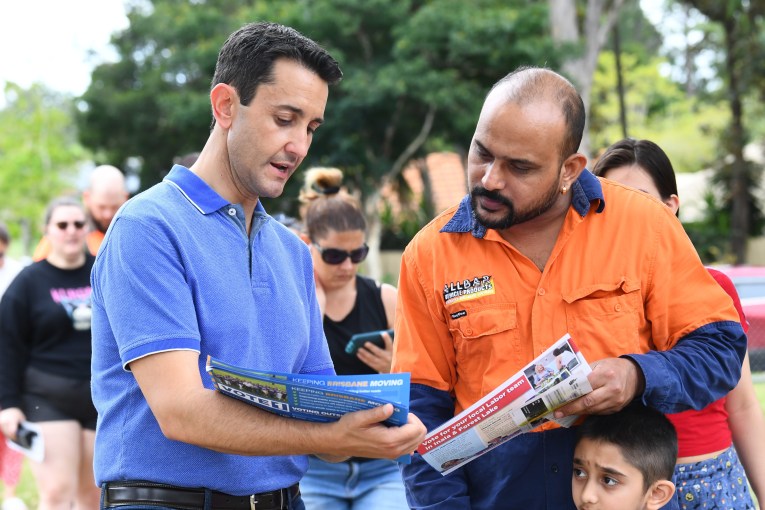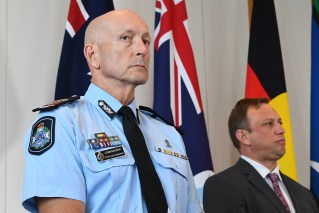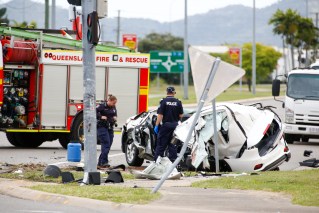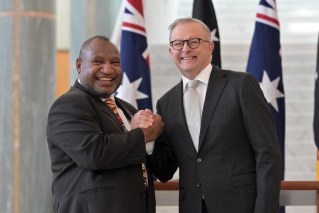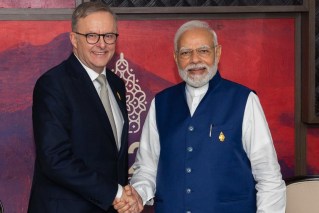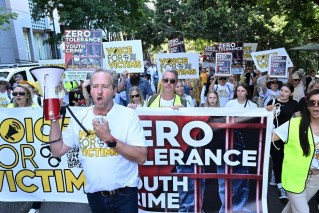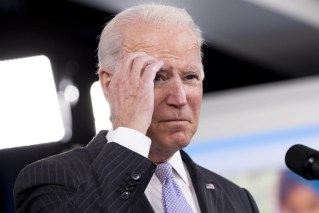It’s a shakedown: Qld accused of ‘extortion’ over cash-for-borders
The prime minister has accused Queensland of using COVID-19 to “extort” more money for public hospitals.
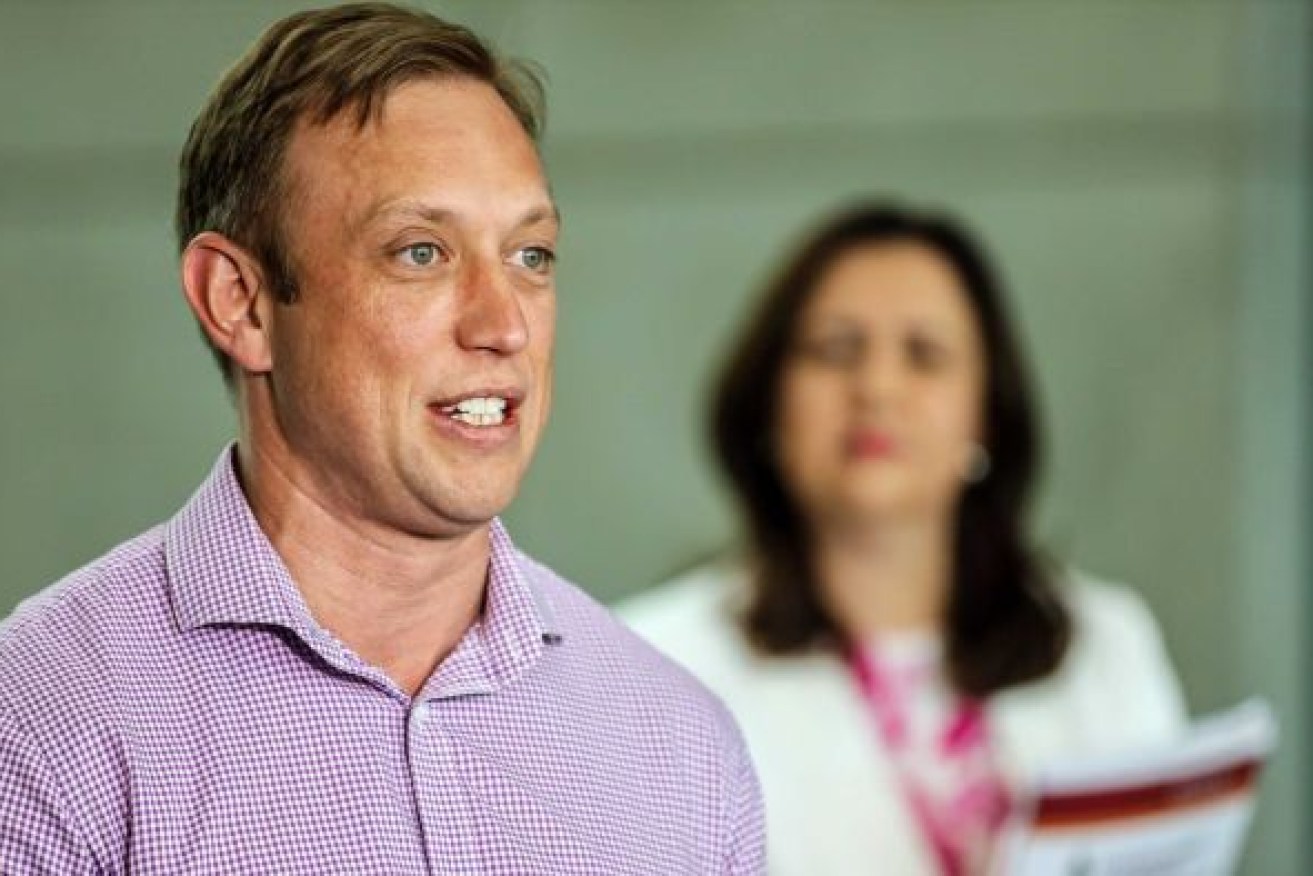
Queensland Deputy Premier Steven Miles and Premier Annastacia Palaszczuk. Photo: ABC
Hospitals are jointly funded by state and federal government, but Deputy Premier Steven Miles says the Commonwealth has artificially capped spending growth at 6.5 per cent, which could prevent hospitals from being able to meet demand when the state reopens.
Prime Minister Scott Morrison says there is already enough federal funding for Queensland hospitals, and Premier Annastacia Palaszczuk is trying to use state border closures to “extort” more cash.
“She has to take that up with the Queensland people then. I mean, to go down this point and say: ‘Well, you know, I’m going to hold the federal government to ransom and seek to extort from them money on the basis of COVID’, I just don’t think is the right way to go,” he told Nine’s Today program on Tuesday.
The Commonwealth had contributed to half the cost of propping up state and territory health systems against COVID-19, Morrison said, a commitment which totalled about $30 billion nationwide.
“Of course there are challenges but as a state government, they’ve got to be responsible for their state health system,” the prime minister said.
“NSW is getting on with it, so are Victoria and the ACT, so Queensland needs to get on with it.”
Miles said on Monday every state and territory had asked for extra support for hospitals to deal with COVID-19 and Queensland’s request was not unusual.
He said the 6.5 per cent cap on federal spending growth was arbitrary as it did not take into account increased demand due to the pandemic.
“The pandemic will clearly drive demand that is greater than that,” the deputy premier told reporters.
“And given that our hospitals are funded as a partnership, we would like the federal government to increase their contribution to that partnership.”
Queensland’s hospitals are already facing huge capacity pressures with The Australian reporting on Tuesday that there were 31 ‘code yellows’ – when hospitals start to run out of beds and ambulances are forced to divert to other emergency departments – in September.
A group of medical professionals warned a lack of real-time data from Queensland public hospitals was making it difficult to plan for potential outbreaks of the Delta variant of COVID-19.
The doctors, led by the Australian Medical Association, had gathered for a roundtable meeting to discuss the “ramping crisis” before interstate borders reopen later this year.
“We need our hospitals at 90 per cent capacity to allow the flow of those in emergency departments through the hospital system,” emergency physician Kim Hansen said.
“It’s imperative we have an action plan developed this year, but we must be fully armed with data and collaboration.”
Access to available hospital beds staffed for emergency patients was more important than the number of beds overall, Dr Hansen said.
“We need real-time data from Queensland Health on the number of beds in each hospital ward across the state for emergency patients with teams to support the patients,” she said.
Queensland’s Chief Health Officer Dr Jeannette Young said real-time data was already used to direct ambulances to a particular hospital and pushed for an increased vaccination rate to prevent further pressure on the health system.
Premier Annastacia Palaszczuk confirmed infectious disease doctor Krispin Hajkowicz would be Dr Young’s successor in the chief health officer’s role while announcing Queensland had recorded two new virus cases.
One of the new cases, a three-year-old girl, is linked to the aviation cluster in the state’s southeast and has been in quarantine during her entire infectious period.
The second is a Queensland resident given an exemption to return from Melbourne, who acquired the virus interstate and was notified as a positive case while on a flight on Monday.
Health authorities met the 19-year-old at the airport and transferred her directly to hospital.
Palaszczuk said neither case posed significant risk of infection to the community.
Hajkowicz is currently the Royal Brisbane and Women’s Hospital Director of Infectious Diseases and will take over from Young when she steps down on November 1 to become the next governor of the state.
Young said her replacement had been heavily involved in the state’s response to the pandemic and was “the perfect person” to take on the role.
Hajkowicz said he was “thrilled and honoured” to be the state’s next chief health officer and had been working on his hospital’s “frontline” of COVID-19 response for the past 18 months.
